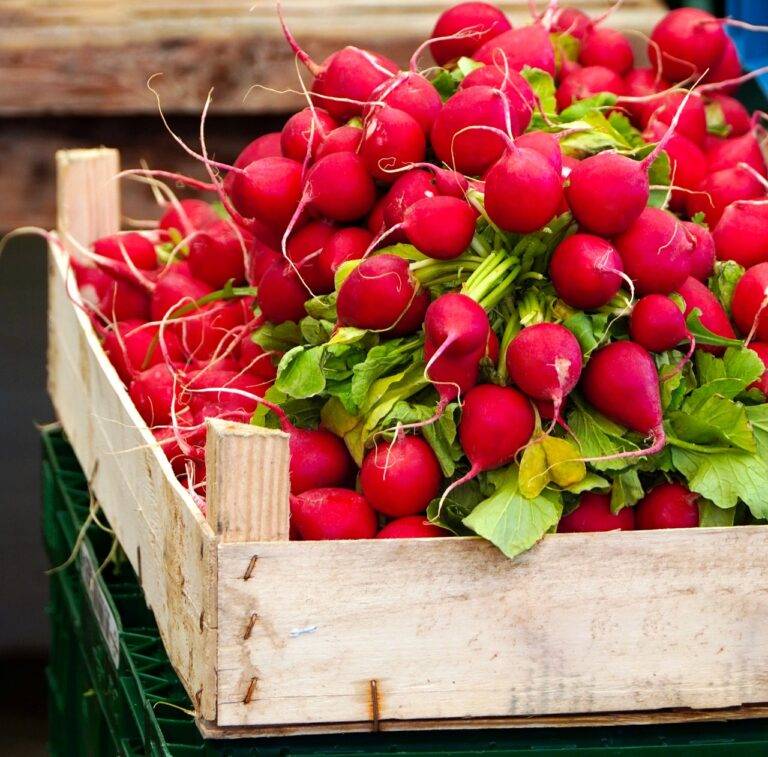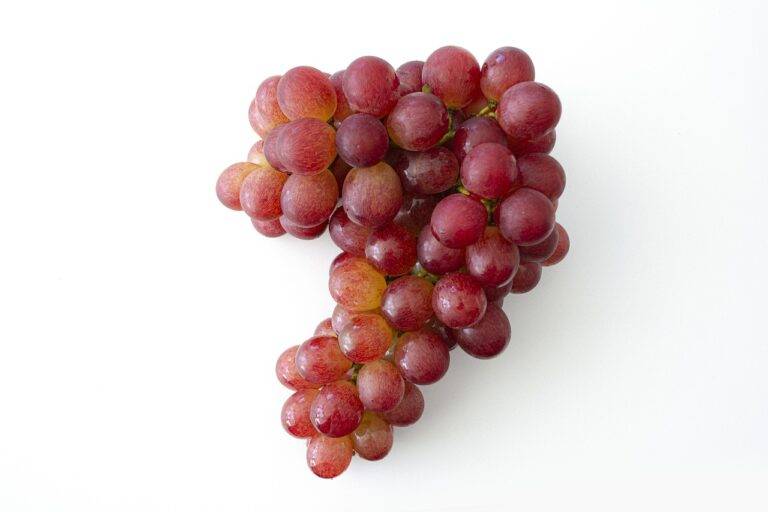Hydroponic Farming: Enhancing Food Production in Limited Spaces
Hydroponic farming offers numerous benefits that make it an attractive option for modern agricultural practices. One of the key advantages is the efficient use of water – this method uses up to 90% less water compared to traditional soil-based farming. By delivering water directly to the plant roots in a controlled environment, hydroponic systems minimize water wastage, making it a sustainable choice for cultivation.
Moreover, hydroponic farming allows for faster plant growth and higher yields. With the ability to provide plants with optimal nutrient levels and environmental conditions, hydroponic systems promote accelerated growth rates. This can result in more frequent harvests and increased productivity per square foot of growing space, offering a significant advantage for farmers looking to maximize their output.
How Hydroponic Farming Works
Hydroponic farming is a method of growing plants without soil, instead using a nutrient-rich solution to provide the necessary minerals for plant growth. This solution is delivered directly to the plant’s roots, ensuring they receive the essential nutrients in the right quantities. By eliminating the need for soil, hydroponic systems can be set up in various environments, making it a versatile and space-efficient farming method.
One key aspect of how hydroponic farming works is the use of different hydroponic systems, such as the nutrient film technique (NFT), deep water culture (DWC), and aeroponics. These systems vary in their method of delivering the nutrient solution to the plants, with each offering unique benefits and challenges. Regardless of the system used, the goal remains the same: to provide an optimal growing environment for plants to thrive and produce high-quality yields.
Types of Hydroponic Systems
When it comes to hydroponic farming, there are several types of systems that can be utilized to grow plants. One common system is the Nutrient Film Technique (NFT), where a thin film of nutrient solution flows through channels to provide the plants with essential nutrients. This system is popular for its efficiency in delivering nutrients directly to the roots.
Another popular hydroponic system is the Deep Water Culture (DWC) system, where plant roots are submerged in a nutrient solution. This method allows for high levels of oxygen to reach the roots, promoting faster plant growth. The simplicity and effectiveness of the DWC system make it a choice for many beginners in hydroponic farming.
What are the benefits of hydroponic farming?
Hydroponic farming allows for year-round cultivation, uses less water, doesn’t require soil, and can produce higher yields compared to traditional farming methods.
How does hydroponic farming work?
Hydroponic farming involves growing plants in a nutrient-rich water solution without the use of soil. The plants receive all the necessary nutrients directly through their roots in the water.
What are the different types of hydroponic systems?
There are several types of hydroponic systems, including drip systems, nutrient film technique (NFT), ebb and flow systems, deep water culture, and aeroponics.
How do drip systems work in hydroponic farming?
Drip systems deliver nutrient solution directly to the plant roots through a network of tubes and emitters. This system allows for precise control over the amount of nutrients each plant receives.
What is the nutrient film technique (NFT) system in hydroponic farming?
The NFT system involves a shallow stream of nutrient solution flowing over the plant roots, providing oxygen and nutrients. This method is popular for growing leafy greens and herbs.
How does the ebb and flow system work in hydroponic farming?
The ebb and flow system uses a tray or container that periodically floods and drains with nutrient solution. This helps provide oxygen to the plant roots and prevents water stagnation.
What is deep water culture in hydroponic farming?
Deep water culture involves suspending plant roots in a nutrient solution, allowing for direct access to oxygen and nutrients. This method is commonly used for growing lettuce and herbs.
How does aeroponics work in hydroponic farming?
Aeroponics involves misting plant roots with a nutrient solution in a highly oxygenated environment. This system promotes rapid growth and is often used for growing plants with delicate root systems.







